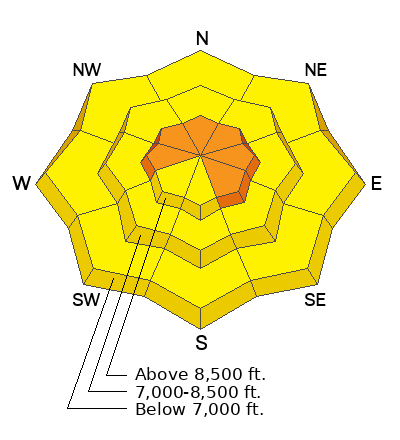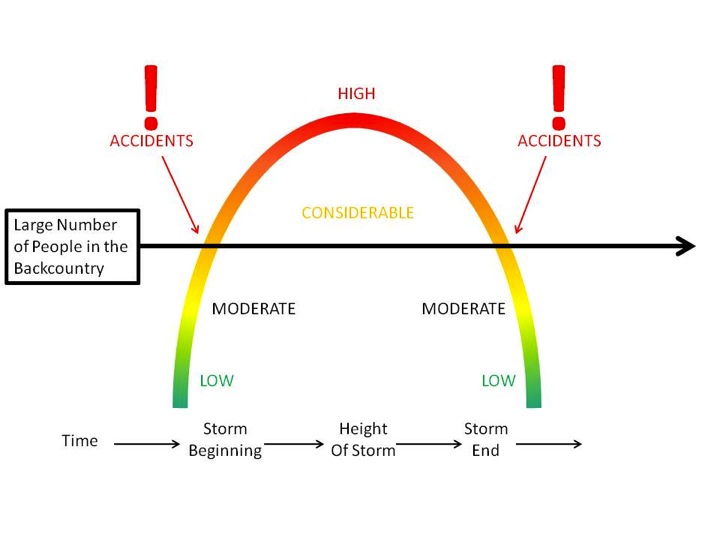Forecast for the Ogden Area Mountains

Issued by Nikki Champion on
Thursday morning, January 25, 2024
Thursday morning, January 25, 2024
The avalanche danger is CONSIDERABLE on upper elevation slopes facing west through north to southeast, and MODERATE on all remaining slopes. Any avalanche triggered within the new snow or wind-drifted snow has the potential to step down 2-5+ feet deep into the weak faceted snow within the snowpack.
There could be a more pronounced danger where the snowpack is shallower or thinner. While it may be possible to find this layering anywhere, the terrain along the periphery is most suspect. Careful snowpack evaluation, cautious route-finding, and conservative decision-making are essential today.
There could be a more pronounced danger where the snowpack is shallower or thinner. While it may be possible to find this layering anywhere, the terrain along the periphery is most suspect. Careful snowpack evaluation, cautious route-finding, and conservative decision-making are essential today.

Low
Moderate
Considerable
High
Extreme
Learn how to read the forecast here







